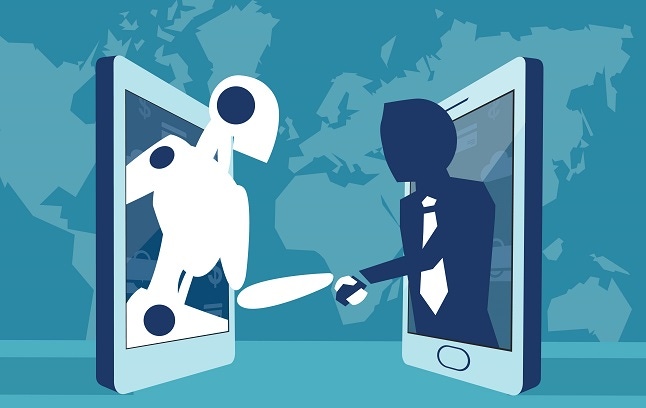AI and Overcoming User Resistance
Companies are eager to embrace AI, and IT will be at the heart of this effort. Yet, the path to AI is unclear, and some see user resistance as a roadblock.

If I had been asked about AI and user resistance six months ago, I definitely would have answered, “Yes, there is resistance.” However, as more users gain familiarity with AI via ChatGPT and other forms, we are steadily advancing toward a point where AI will become a routine part of life that everyone encounters and accepts.
We already see AI adoption in automated conversations and call dialogues, and in videos, voiceovers, and text-based content that is machine-generated. In IT, we have seen AI automation for some time in malware and virus detection and in automated resource provisioning.
So where do everyday company employees stand on AI?
In a March 2022 Pew Research survey, 45% of survey respondents said that they had mixed emotions about AI, finding it equally concerning and exciting. Also, 18% of respondents embraced AI as an exciting new technology that would “make society better,” while 37% said that they were more concerned than excited about AI. Those who were concerned about AI cited job loss, reduced digital privacy and the lack of human connection as major issues.
That survey’s outcome make sense, considering that AI adoption is still in early stages and many individuals haven’t yet formed conclusions about it. Those in technology fields tend to be highly enthusiastic about AI because they are directly working with it, and they see its potential. Conversely, other employees worry about how AI will impact their jobs. These employees tend to be the non-IT business users.
If users are concerned, and even worried about AI, it could lead to user resistance, which is a dynamic that IT pros are familiar with from their history of implementing new systems that alter business processes, require employee retraining, and may even change employee jobs.
So, are process change and user resistance any different when you introduce AI?
I would argue yes. You’re not just retraining an employee on a new set of steps for processing an invoice or taking an order. You’re actually introducing an automated thinking process into what an employee has been doing. Now, technology is going to make or recommend decisions that the employee used to make. This can lead to employees experiencing a loss of empowerment and control.
The Pew report, which explored American attitudes about AI, sheds important light on this:
“In their responses to survey questions about other possible developments in artificial intelligence, majorities express concern about the prospect that AI could know people’s thoughts and behaviors and make important life decisions for people. And when it comes to the use of AI for decision-making in a variety of fields, the public is more opposed than not to the use of computer programs (algorithms) to make final decisions about which patients should get a medical treatment, which people should be good candidates for parole, which job applicants should move on to a next round of interviews or which people should be approved for mortgages,” noted Pew researchers.
According to Pew, these same survey respondents were fine with relegating the performance of everyday household or repetitive tasks to AI, tasks that they would just as soon not do.
The takeaway for business and organizations like IT that are going to find themselves in the thick of AI implementations, is that users want to feel they are secure in their companies and that they have a reasonable amount of control over their destinies at work -- with or without AI.
Here is a use case example of AI success:
Novartis provides medicines and treatment options to the healthcare industry. To do this, it uses AI to analyze data from thousands of experiments that it has performed through the years. In the past, company scientists had to pore through this data by hand, spending hundreds of hours in research. The AI can now do this tedious upfront work, which enables scientists to work on new product formulations with a clean set of data. Everyone, from IT to end users, management and stakeholders, sees the value of AI.
This is exactly the “sweet spot” that companies (and IT) should aim for with AI projects: an environment where everyone sees beneficial value from AI, and where no one feels disenfranchised.
This is an achievable environment if users are engaged early in business process redefinition and in how AI will work. Early exposure to AI takes the mystery out of it and fosters internal buy-in to AI-embellished business processes as they come online.
About the Author(s)
You May Also Like
How to Amplify DevOps with DevSecOps
May 22, 2024Generative AI: Use Cases and Risks in 2024
May 29, 2024Smart Service Management
June 4, 2024







